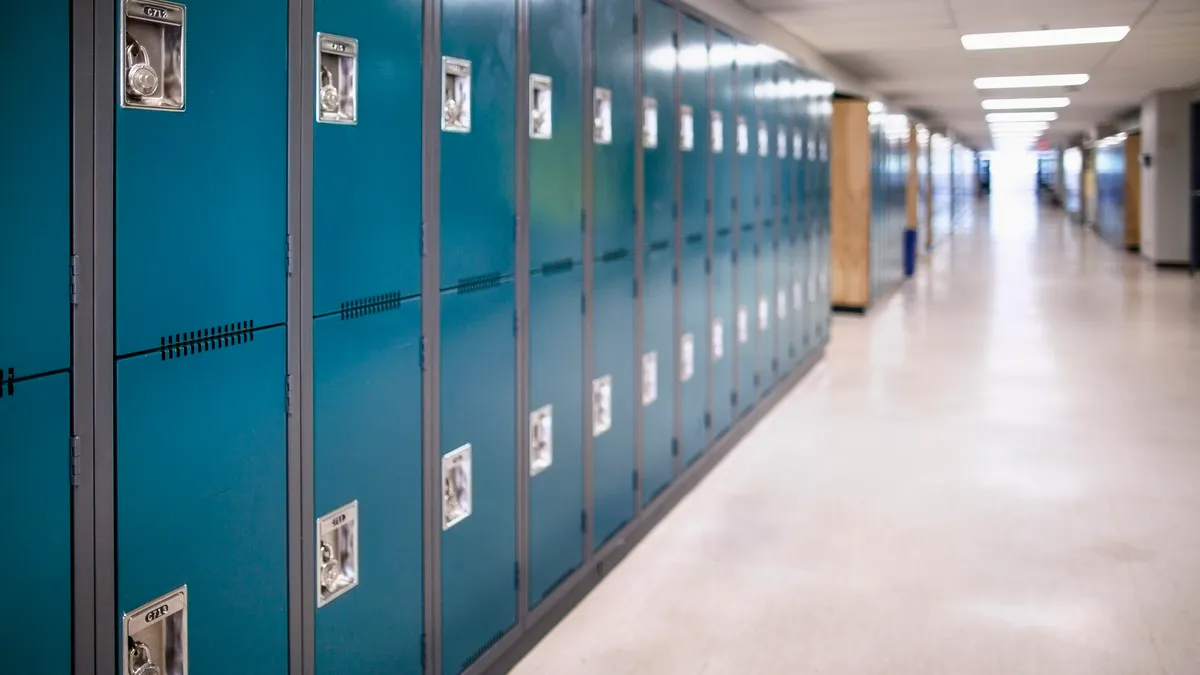Aiming to bolster school safety by focusing on the role of bystanders, the Cybersecurity and Infrastructure Security Agency and U.S.Secret Service this month published a toolkit with strategies to help schools that often struggle in this area.
The toolkit's release came near the one-year anniversary of the tragic mass shooting at Robb Elementary in Uvalde, Texas — and as the nation has recorded 153 school shooting incidents so far in 2023, according to the K-12 School Shooting Database.
As school safety concerns persist, the toolkit suggests these five approaches for districts to improve bystander reporting:
- Encourage bystanders to report concerns like bullying, drug use, self harm, suicidal thoughts or depression to promote early intervention and improve student support. To spur bystanders to come forward, CISA and the Secret Service advise that schools ensure confidentiality or anonymity and provide multiple reporting avenues.
- Follow up on reports and be transparent about any actions taken in response.
- Share public data about the impact of their reporting program.
- Make reporting a part of daily school life by, for instance, using promotional materials and school events to remind students of their reporting options.
- Work to build a positive climate with strong student-staff relationships and where students and staff of all backgrounds feel “secure, important and valued.”
The resource aligns with strategies previously suggested by school safety experts, who have noticed an uptick in interest among districts and state legislatures to adopt school safety tip lines and reporting tools due to ongoing gun violence nationwide. Still, it acknowledges “many students and adults are reluctant to report information, even when reporting platforms and programs have been made available.”
A separate 2022 study by RAND Corp. found people are more likely to report school safety threats if schools use common communication strategies and accessible reporting options. Building trusting relationships and allowing for anonymous reporting help people feel comfortable flagging potential threats to a district, according to RAND.
In the wake of last year's Uvalde massacre, Congress passed the Bipartisan Safer Communities Act, seeking to improve school safety and reduce gun violence by expanding mental health services, improving learning conditions and bolstering school safety. And last week, President Joe Biden announced 13 new actions to “maximize the benefits” of the law.
With schools being a key focus of these updates, Biden highlighted that the U.S. Department of Education had awarded nearly $1 billion through the act’s Stronger Connections Grant Program to fund state competitions for high-need school districts to apply for funding. Districts can use these grants to expand school-based mental health services, address physical school security, provide safety and violence prevention programs and more.
The new toolkit was developed through a literature review and information gathered in 30 interviews with stakeholders in K-12 school safety, behavioral threat assessment and reporting across school, district and state levels.







 Dive Awards
Dive Awards





